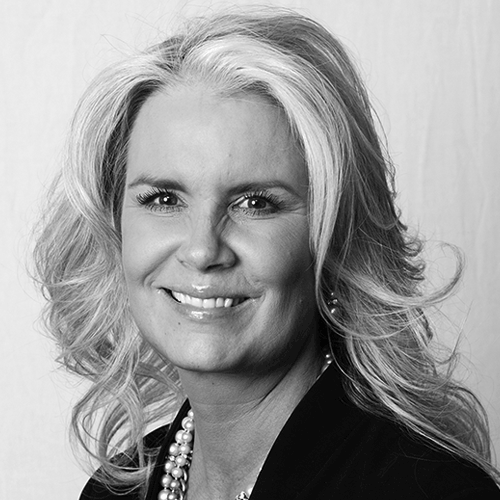
Anne Sprute
Senior Vice President of Transition Strategy and Innovation, United Service Organizations
Military service offers a unique opportunity to be a part of the most diverse organization at scale in the world. During service members’ time in the military, they experience countless challenges as they transition into new environments and cultures. As trained leaders, they know that these challenges are opportunities to stretch themselves and their team to accomplish extraordinary results in high-impact situations. Facing the challenges that come with transitioning from military service, however, is not always a team sport. It is the service member that now must face head-on the challenge that will directly impact their personal and professional future beyond their time in service to the country. Service members take care of teams; It is an unnatural instinct for them to focus on self.
Exceptional training
In the military, service members operate as a part of thousands of small teams that function in austere locations worldwide. Before leaving the perimeter for their mission, they develop and prepare detailed plans to best understand all aspects of what they will face, including challenges and barriers in new environments and cultures. Preparation and planning are part of a service member’s DNA. Yet many service members facing transition express that their level of stress is higher for the mission of transition than it was when they were facing the battlefield thousands of miles away from their home and their families.
If we look beyond the gates of the military installation to the private sector, we see that civilian culture is not much different. When facing the challenge of changing environments, business leaders, entrepreneurs, farmers and professional athletes alike have to assess the situation and develop a plan to grow the business, expand the farm or win the game. These competencies and tenacity are the same that our military men and women possess.
The challenge of transitioning
Clearly, there is no fundamental difference among the challenges of preparing and developing a plan for success, be it a service member planning for a mission or a civilian planning for their business, production or game. So why is it that a chasm exists in understanding the point at which the private sector can support the execution of a transitioning service member’s plan for their future?
The challenge that we must face together, as a grateful nation, is twofold: First, how can the service member determine what’s next? And second, how can the service member’s “what’s next” be effectively realized? The solution is also twofold, and simple: First, we must encourage the service member to take charge of their transition and harness their skill to innovate, adapt, be resilient and utilize the leadership they possess to develop their personal action plan, and also engage them with opportunities related to that plan. Second, you are the key to the successful completion of each service member’s plan.
Your part to play
Supporting their plan to successfully return home is but a small recognition of the men and women who have committed to serve our country and have been willing to make the ultimate sacrifice for our freedoms. It is also a commitment that supports both the service member and your community. When a service member returns to your community and becomes a civic asset — infusing their critical and technical skills, experience, leadership and resolve to seeing the mission through — the community thrives, the local economy thrives and, most importantly, the service member thrives as they become a successful veteran in their new home.
Be a Force Behind the Forces and join the USO Pathfinder team to engage service members throughout the execution of their transition action plan, become a mentor or volunteer to connect a service member to new opportunities on their path forward.
Anne Sprute, Senior Vice President of Transition Strategy and Innovation, United Service Organizations, [email protected]

